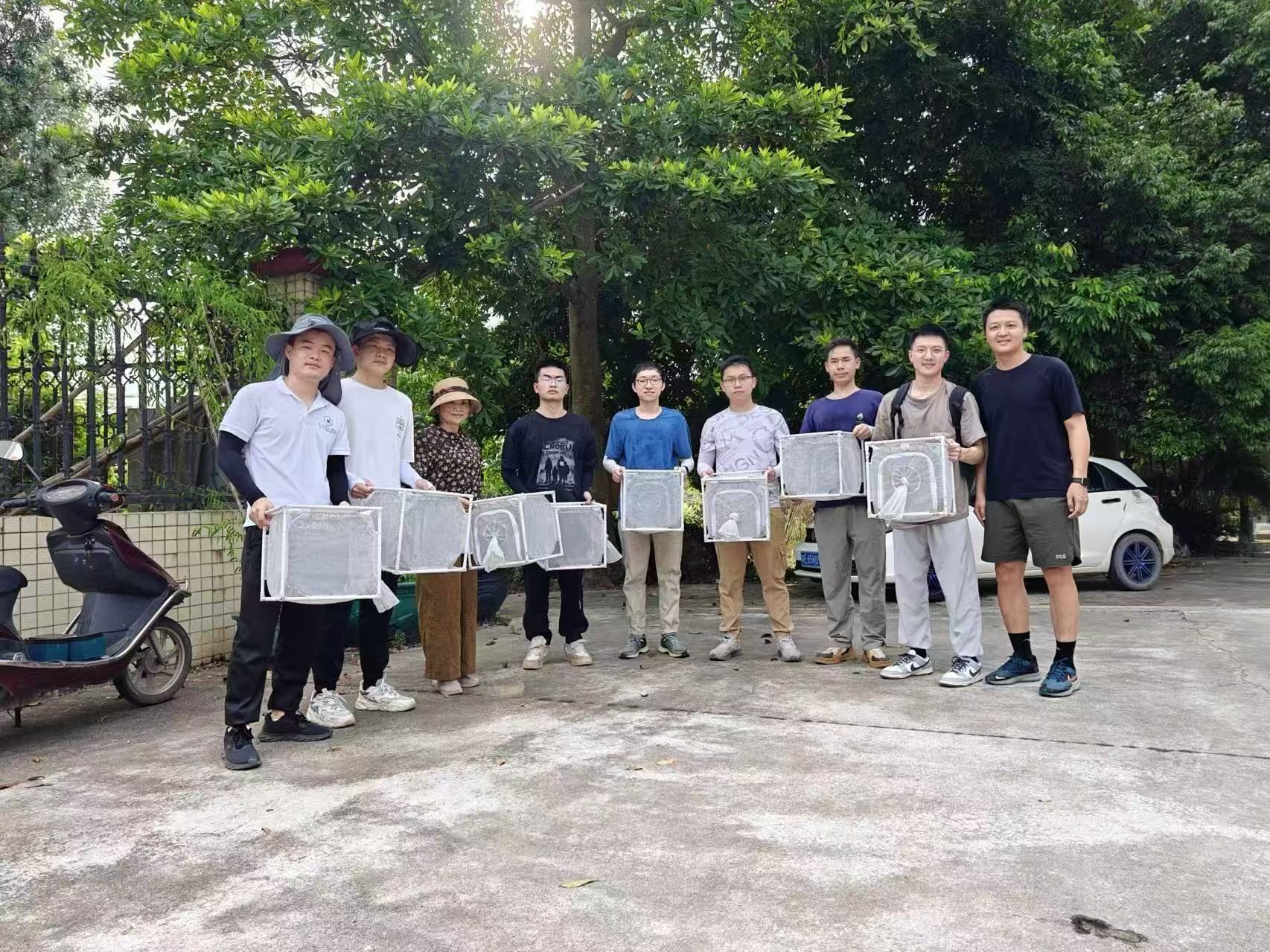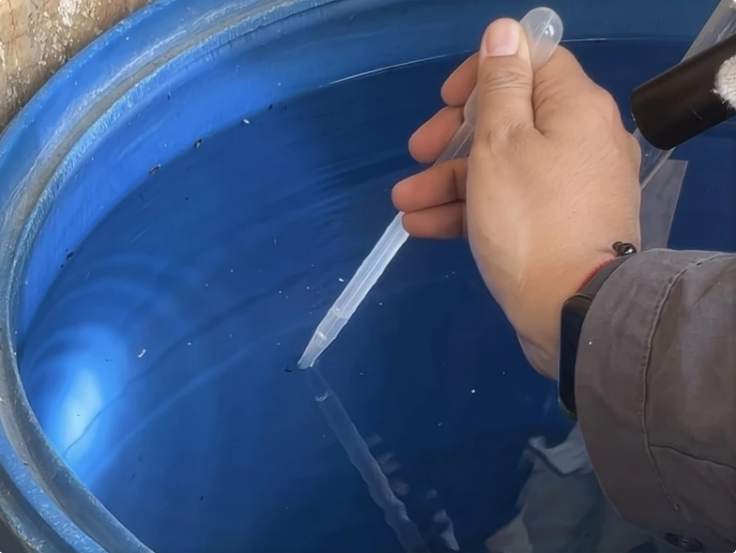As Guangdong recently reported cases of chikungunya fever, a mosquito-borne disease transmitted mainly by Aedes albopictus, researchers at Sun Yat-sen University (SYSU) are stepping up innovative mosquito control efforts. On World Mosquito Day, Sun Yat-sen University underscores the contributions of Associate Professor Dongjing Zhang and his team in advancing innovative strategies and international collaboration against mosquito-borne diseases.
World Mosquito Day commemorates Sir Ronald Ross’s 1897 discovery that female Anopheles mosquitoes transmit malaria, a breakthrough that reshaped global vector control. More than a century later, chikungunya, dengue, and Zika still pose challenges worldwide, making effective mosquito management an urgent public health priority.
At SYSU’s“Mosquito Factory,”Zhang’s team has developed a dual strategy against Aedes albopictus, the main vector of chikungunya in Guangdong. On one hand, sterile male mosquitoes produced through irradiation are released into the wild, ensuring that wild females fail to reproduce. On the other, non-biting Toxorhynchites splendens mosquitoes are introduced, whose larvae prey on Aedes albopictus larvae, creating an additional layer of biological suppression. “This combined strategy reduces the ability of wild mosquitoes to spread viruses like chikungunya,”said Zhang, who also serves as Technical Director of SYSU’s Mosquito Factory.

Professor Dongjing Zhang (first from the right) instructs students in conducting field mosquito monitoring.

Faculty and students from Sun Yat-sen University (SYSU) release Toxorhynchites splendens larvae on the water surface. (Source: Yangcheng Evening News)
On March 31, 2020, SYSU established the Nuclear Technology (Sterile Insect Technique, SIT) R&D Center under the National Atomic Energy Agency, integrating strengths in medicine, engineering, and industry to advance SIT-based mosquito control. Building on this foundation, the university and the IAEA jointly launched the SIT Collaborating Centre in June 2021, contributing to global efforts against mosquito-borne diseases. These platforms focus on SIT innovation, sterile mosquito mass-rearing, and international training.“The IAEA provides a multilateral platform that brings together teams from Asia, Africa, Latin America, and the Caribbean region,”Zhang explained.“Different groups are at different stages. Sometimes we are invited to share our solutions and experiences when others encounter challenges.”
One of SYSU’s longest collaborations has been with Singapore. When Singapore first explored SIT in 2015 in response to severe dengue outbreaks, representatives visited SYSU to learn technical principles. Over the years, both sides have shared expertise, not only on experimental methods but also on how to present projects to authorities and the public. With strong government investment, Singapore now allocates about one billion RMB annually to SIT programs, incorporating them into daily vector control. “Our resources are far smaller, but our interaction remains mutually beneficial,”Zhang noted.“Some of our students have also joined Singapore’s national vector control division as their program expanded.”In March 2025, two of our graduates joined the Vector Control Research Division of Singapor’s National Environment Agency through global recruitment. Building on their expertise in SIT-based mosquito control, they are contributing to research and application within the Singaporean team. Their appointment demonstrates international recognition of our academic training and offers a new example of China-Singapore collaboration in public health.
Beyond Asia, SYSU has also offered hands-on support in Mexico. In 2019, Zhang and his colleagues traveled to Mérida, where a local team was working with U.S. Agency for International Development funding.“We spent ten days on site, optimizing their mass-rearing system and conducting a demonstration release,” Zhang recalled. “That project later secured a second round of funding.” SYSU researchers are also engaged with partners on La Réunion Island, where irradiation-based SIT is being used against Aedes albopictus.
Beyond on-site cooperation and field experience sharing, Sun Yat-sen University has also made sustained academic contributions. In April 2025, Associate Professor Zhang Dongjing attended the FAO/IAEA Coordinated Research Project Meeting in Vienna, presenting the team’s progress in sterile mosquito research and exchanging insights with scientists from 18 countries. In May, he reported at an FAO/IAEA online meeting on the achievements of the SYSU Collaborating Centre, including 12 SCI papers, equipment development, and international training for more than 70 researchers. Since 2013, SYSU has maintained close cooperation with the IAEA through joint research, expert missions, and training programs, and successfully completed its first four-year term as an IAEA SIT Collaborating Centre in 2025. The renewal of this collaboration will further strengthen ties between SYSU, the IAEA, and research institutions worldwide, offering new solutions for controlling mosquito-borne diseases and addressing public health challenges in Belt and Road countries.
As the world marks World Mosquito Day, SYSU reaffirms its commitment to scientific innovation and international partnership, continuing efforts to combat mosquito-borne diseases such as chikungunya, dengue, and Zika.



